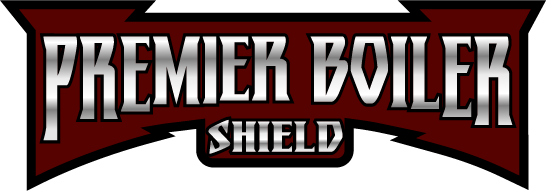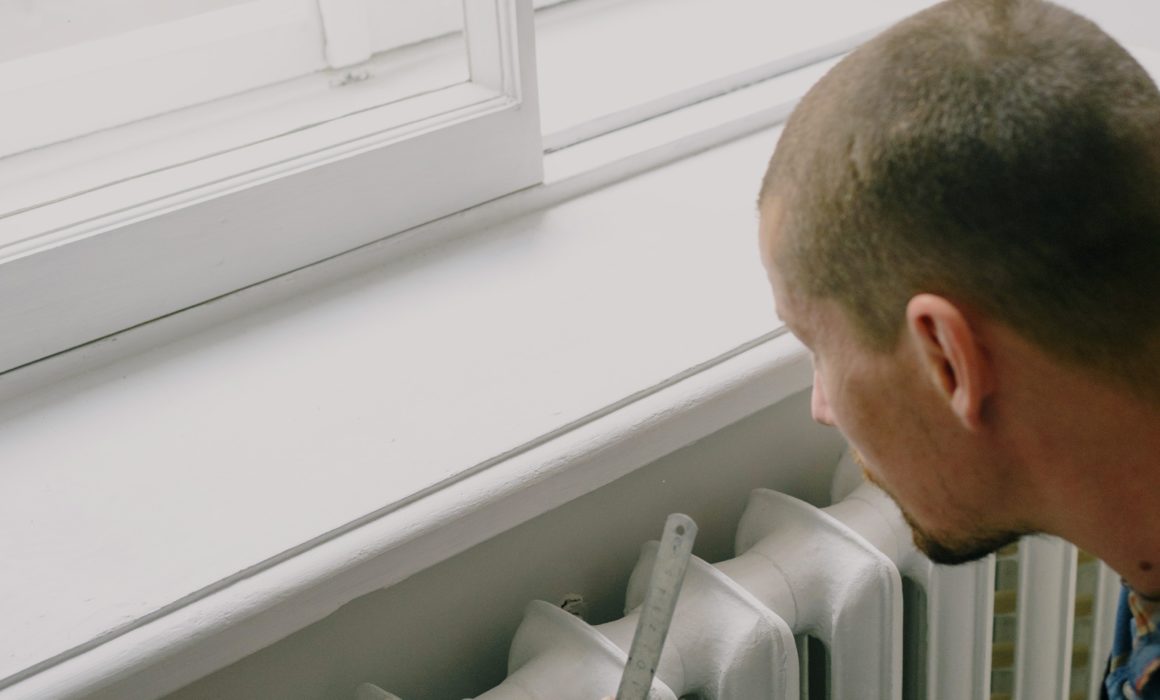Maintaining pressure on your boiler
Maintaining the correct pressure on a combi boiler is important to ensure that it works efficiently and safely. In this blog, we will discuss the steps to maintain the pressure on a combi boiler.
First, it’s important to understand that the pressure gauge on a combi boiler should typically read between 1 and 1.5 bar when the boiler is not in use. If the pressure is lower than this, it needs to be topped up, and if it is higher, the pressure needs to be reduced.
To maintain the correct pressure on a combi boiler, you can follow these steps:
- Check the pressure gauge: The first step is to check the pressure gauge on the combi boiler. If the gauge shows that the pressure is too low, it’s time to add water to the system.
- Turn off the boiler: Turn off the combi boiler and wait for it to cool down.
- Locate the filling loop: The filling loop is a flexible hose that is used to fill the boiler with water. It’s usually located underneath the boiler or close to the pressure gauge.
- Connect the filling loop: Connect the filling loop to the two valves located on either side of the boiler.
- Open the valves: Once the filling loop is connected, you can open both valves to allow water to flow into the boiler. Monitor the pressure gauge to ensure that the pressure does not go above 1.5 bar.
- Close the valves: Once the pressure has been restored, close both valves on the filling loop.
- Check the pressure gauge: After closing the valves, check the pressure gauge again to make sure that the pressure is within the recommended range of 1 to 1.5 bar.
If the pressure is too high, you can reduce it by bleeding some water from the radiators using a radiator key. You can also consult the manufacturer’s instructions for your specific model of combi boiler, as the steps for adjusting the pressure may vary.
In summary, maintaining the correct pressure on a combi boiler is essential to ensure that it works efficiently and safely. If you are unsure about how to adjust the pressure, it’s always best to consult a professional heating engineer.

